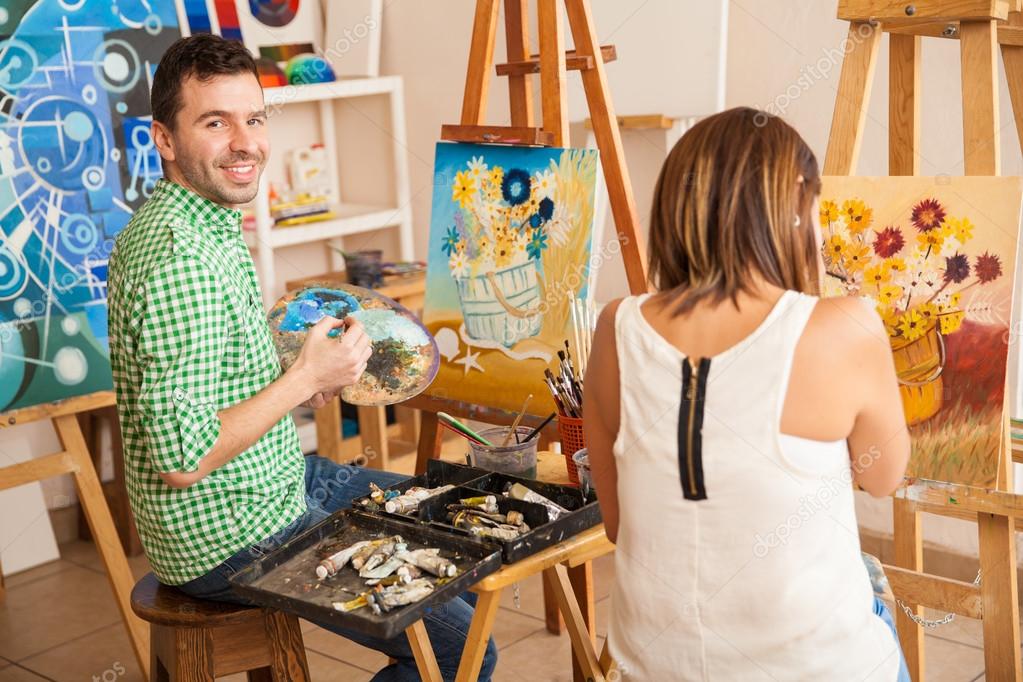Delving into Feedback on Photo-based Paintings
In the constantly evolving realm of fine arts, professional photographers are increasingly seeking feedback on photo-based paintings. This process not only aids in refining their craft but also bridges the gap between traditional photography and painting. Both avenues offer unique narratives and art forms, which, when intertwined, create a captivating synergy.
For those photographers diving into the domain of turning their photos into paintings, understanding nuanced techniques and receiving constructive insights is crucial. Through feedback, a photographer can expand his artistic vision, ensuring that each artwork, whether through images or brushstrokes on canvas, evokes emotion and resonates with viewers.

The Significance of Constructive Feedback
Constructive feedback serves as the cornerstone for artists who delve into photo-based paintings. It enables them to discern the strengths and potential areas of improvement in their artworks. Critiques often emphasize compositional techniques, choices of color palettes, or even the emotional narrative conveyed through the artwork.
Feedback from peers and mentors in the field enhances the quality of work by providing fresh perspectives. These insights allow for transformative growth, ensuring artworks maintain an authentic essence while adapting to new artistic techniques. As discussed in Multiple Angles of One Photo, multiple perspectives can dramatically alter and enhance the final artwork.
Understanding Photo-based Painting
Before procuring feedback, it's pivotal to comprehend what constitutes a photo-based painting. This art form gravitates toward the transformation of photographic elements into a painting format. The artist seeks to infuse personal interpretations while maintaining a degree of realism.
In attempting to encapsulate the essence of the original photograph, artists blend digital techniques with traditional methodologies. Artistic Liberties further elaborate on the balance of maintaining realism while still capturing the spontaneity of paint.
Methods to Obtain Feedback
Online Platforms and Communities
Online platforms are burgeoning with forums dedicated to photo-based painting discussions. Networks such as Photography Forums and social media groups allow photographers to share their work and receive immediate critiques.
The communal environment fosters growth and learning, as artists engage in constructive dialogue. To gain insight into the link between photography and painting workflows, you can visit Photography to Painting Workflow.
Art Critique Workshops
Workshops offer an interactive avenue for photographers to receive feedback directly from experienced artists and peers. These sessions often address technical details such as lighting, consistency, and techniques specific to photo-based paintings.
Participating in such engagements can drastically enhance one's skill set and understanding of the art form, pushing the boundaries of creativity.
Incorporating Feedback into Your Art
The journey of perfecting the art of photo-based painting involves perpetual learning and adaptability. Implementing feedback effectively is essential for evolving as an artist.
Whether it's altering color schemes, adjusting compositions, or integrating more abstract elements, each piece of advice should be considered a stepping stone toward mastering this unique craft.
For more profound exploration on how to consistently grow as a photo-based painter, consider reading How to Improve as a Painter.
Conclusion
To conjoin the precision of photography with the creativity of painting requires not just skill but also constructive feedback. Photographers who embark on this hybrid journey must remain open to critique, allowing it to guide and refine their technique and vision.
By doing so, they forge a path leading to artistic innovation and personal growth, further enriching the realm of fine arts. For those interested in delving deeper into techniques for painting from photographs, resources like Realism Today provide invaluable insights.

FAQs
What is photo-based painting?
It's an art form where photographic references are transformed into paintings, often blending digital and traditional methods.
How can feedback improve photo-based paintings?
Feedback provides new perspectives and critiques, aiding in the technical and emotional enhancement of artworks.
What are common platforms for receiving art critiques?
Online forums, community groups, and art critique workshops are popular avenues for receiving feedback.

